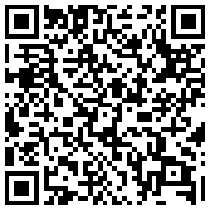
Categories
Money money money...
Could we help you? Please click the banners. We are young and desperately need the money



Last updated: November 12th 2024
Categories: Common Web Development, IT Development, JavaScript Development
Author: Tim Fürer
JavaScript: How to use Map; The Super-Powered Object/Dictionary



JavaScript's dictionaries, generally referred to as objects, are basic and limited. Entries can strictly only be keyed by strings and doing certain interactions with them (such as iterating over all entries) requires the assistance of static methods that live on the Object class, which is hardly elegant.
The Solution: Maps
Introduced with the 6th edition of JavaScript in 2015, Maps are essentially super-powered objects. Map entries' keys can be anything from primitives (that's things such as booleans, numbers, and strings), objects, and even functions. Interactions conveniently live as methods on the individual Map instances, making them accessible in an easy and consistent manner.
Let's compare Maps and Objects over some basic interactions that are possible with both. This will help us get comfortable with Maps and teach us how to transition to them from Objects.
Declaration
Object
const object = {};const object = {
'1': 1,
'2': 2,
'3': 3,
};Map
const map = new Map();const map = new Map([
['1', 1],
['2', 2],
['3', 3],
]);Setting Values
Object
object['foo'] = 'bar';Map
map.set('foo', 'bar');Getting Values
Object
object['foo']Map
map.get('foo')Checking for a Key's Existence
Object
'foo' in objectMap
map.has('foo')Removing a Key
Object
delete object['foo'];Map
map.delete('foo');Looping over Entries
Object
for (const [key, value] of Object.entries(object)) {
//
}Map
for (const [key, value] of map.entries()) {
//
}map.forEach((value, key) => {
//
});Getting Keys
Object
for (const key of Object.keys(object)) {
//
}Object.keys(object)Map
for (const key of map.keys()) {
//
}Array.from(map.keys())
